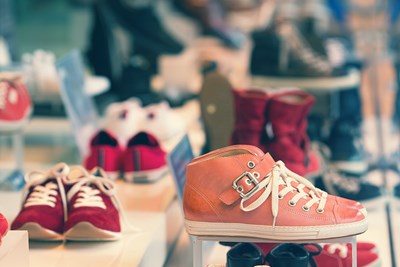When you have a hammer toe, your toe bends or curls downward into a claw-like position. Hammer toe most often occurs in the second or third toe. This deformity can be congenital (present at birth), but it normally develops over time and is caused by wearing shoes that do not fit well. Fortunately, hammer toe is treatable.
Hammer Toe Treatments
It’s important to start treatment as soon as you realize you're dealing with hammer toe. Common treatments include:
- Proper footwear: If the cause of your hammer toe is due to ill-fitting footwear, you can correct the affected toe by wearing shoes that fit comfortably and provide proper support.
- Toe pads: Hammer toe caused by a high arch can be helped by wearing toe pads or insoles in your shoes. The pads relieve pain and correct the appearance of your toe by shifting its position.
- Stretching: Stretching your toes can treat pain and help reposition the affected toe.
- Over-the-counter medication: It’s important to leave blisters on your toes alone if they occur because of hammer toe. Popping blisters can not only be painful, but can also lead to an infection. OTC creams and cushions can be used to reduce pain and help prevent blisters from rubbing against the inside of your shoes.
- Splints: Splints (also known as straighteners) are worn to straighten out curled hammer toes. They can extend a hammer toe that has curled under your foot and can also pull a curled up hammer toe back down into the correct position. Additionally, splints can relieve pain and help with walking or standing.
- Surgery: If your hammer toe is more severe and you are unable to bend it, surgery will be required to regain movement. Surgery repositions the toe, removes deformed or damaged bone, and realigns your tendons. The operation is outpatient, which means you can go home the same day as the procedure. Bunions that cause pain or deformity will also need to be surgically removed.
Prevention
The best treatment for hammer toe is preventing it, so always wear shoes that fit properly in length and width. If you wear high heels, the heel height should not be greater than 2 inches. This is because pressure on your toes is increased when you wear heels. The pressure causes your toes to bend and can result in corns and a high arch.



